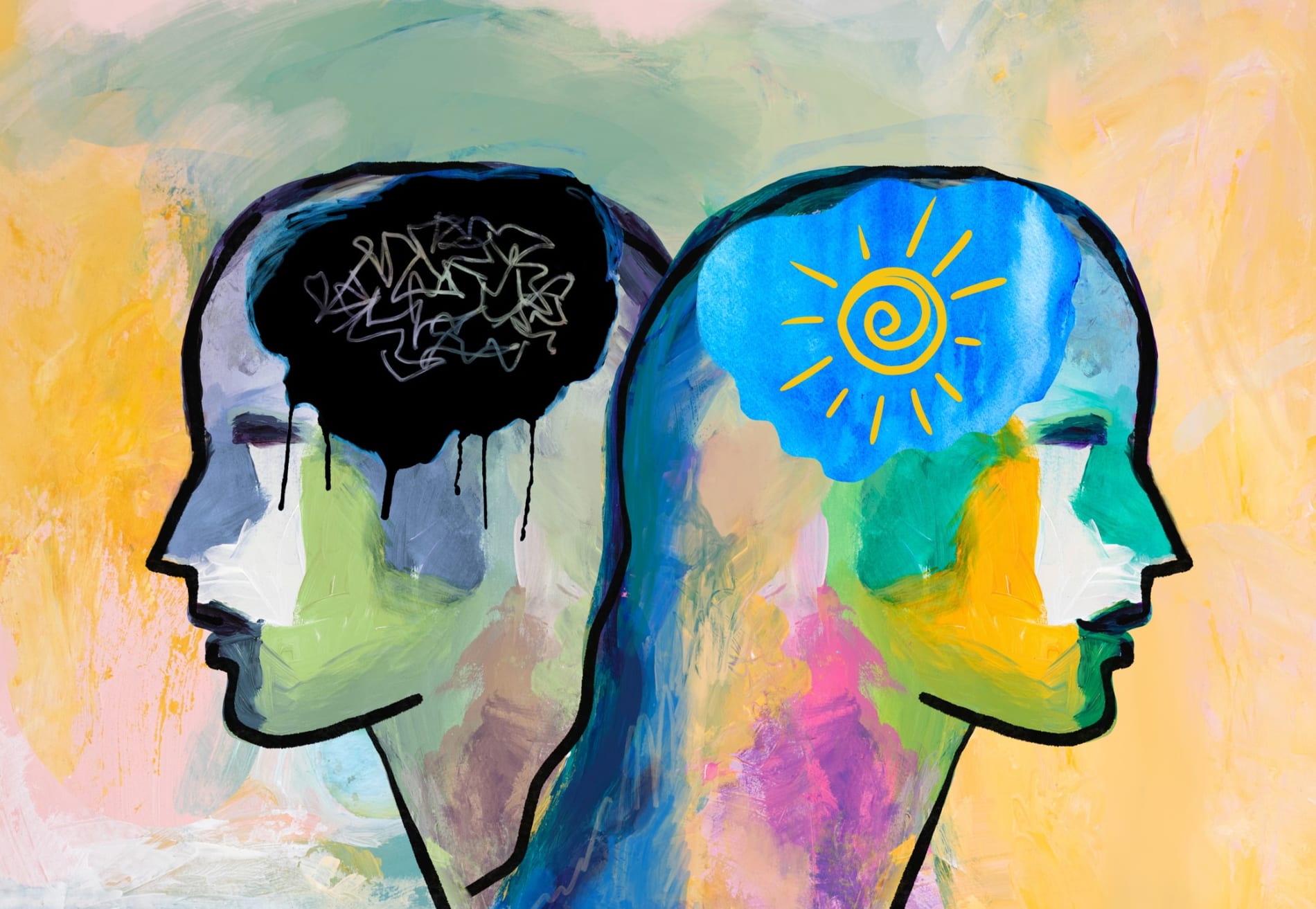Natural selection: Estrogen’s potential as a treatment for schizophrenia
Professor Jayashri Kulkarni and her team at Monash have been investigating schizophrenia and the hormone estrogen for a very long time – the link between the two has been considered strong for decades. As long ago as 1996, her group showed that a type of estrogen called estradiol – as medicine – helped women with schizophrenia better than antipsychotics.
Now, a team of Professor Kulkarni, Associate Professor Caroline Gurvich, and led by Dr Eveline Mu – all from Monash’s HER Centre Australia – have published a new review of known research with a particular focus on new-generation selective estrogen receptor modulators, or SERMs. These are hormone therapies that manage how estrogen works in the body.
The HER Centre – researching mental health in women – is also currently conducting the first clinical trial to further investigate SERMs’ potential as a treatment for schizophrenia in both women and men.
The 12-week trial is with one of these new-generation SERMs, bazedoxifene. It uses the positive effects of estrogen, such as improving emotional symptoms, memory, information processing, concentration, and bone density, without affecting other parts of the body, such as the breast and ovaries, or feminising effects.
Schizophrenia and gender
One of the complexities is that schizophrenia affects men and women differently.
“Generally, schizophrenia affects men slightly more frequently and earlier than women,” says Dr Mu. “The peak age of onset for men with schizophrenia is between 20 and 29. For women, this peak occurs about five years later. However, this trend appears to shift in later years, with women showing higher incidence rates after the age of 40.”
Schizophrenia is important because it’s so common. Data from 2019 shows about 24 million people globally suffer from the crippling mental disorder, characterised by distortions in positive, negative, and disorganised syndromes, meaning their emotions and thoughts aren’t matched with their circumstances.
Read more: Pause for thought: Taking the lead in women’s mental health
Patients with schizophrenia require long-term treatment and lack self-care ability during episodes. They have higher rates of cardiovascular, metabolic, and infectious diseases.
Mortality rates are high, and recent studies show the number of sufferers increasing in the United States, South Korea, and some European countries.
Professor Kulkarni’s team over the years of research have shown that adding estrogen to standard antipsychotic treatment can significantly improve psychotic symptoms in women.
“We conducted various trials using different doses of estrogen patches, consistently finding that the 100mcg dosage led to the best results,” Dr Mu says. “Positive effects of estrogen treatment in men with schizophrenia were also observed in a smaller study.”

Estrogen’s positive effects
Research evidence suggests estrogen has a protective effect on women vulnerable to schizophrenia. Menopause is a huge factor, because as ovarian function stops, women with schizophrenia-spectrum disorders may encounter unique challenges due to the interaction between hormonal changes and their pre-existing mental health conditions.
The other major factor is the antipsychotics that are the standard treatment for schizophrenia. They can bring a wide range of negative effects, including metabolic disturbance, nervous system issues, neurological, psychological, sexual, and hormonal issues.
“People with schizophrenia, whether male or female, often reach a point where their reactions to antipsychotic medications stabilise,” Dr Mu says.
“There’s also a notable portion of individuals who have limited or no positive response to antipsychotic medications. For them, exploring new treatments like adding estrogen could be important.”
It’s all in the ways estrogen protects the brain. “This could be crucial in how schizophrenia develops,” she says. “Differences in when schizophrenia starts or worsens seem to coincide with drops in estrogen levels, suggesting estrogen might guard against schizophrenia.”

Shielding brain cells from harm
Pre-clinical studies have shown that estrogen-like substances shield brain cells from different kinds of harm, such as inflammation or cell death.
“They can also help create new brain cells, improve connections between them, and increase the production of factors that support brain health. These protective effects are mainly because of a specific part of brain cells that responds to estrogen.
“Additionally, estrogen seems to enhance the sensitivity of dopamine receptors, which can help reduce psychotic symptoms,” she says.
Read more: The state of our mental health: Addressing quality of care in mental health
The potential new medications – SERMs – show promise because they have fewer negative effects.
“Using estrogen alongside standard treatment for women with schizophrenia has raised concerns about its effects on breast and uterine tissue, as well as its feminising effects in men,” says Dr Mu. "The new medications show promise.”
One is raloxifene, the other is bazedoxifene.
“Raloxifene is safe and effective in improving symptoms of schizophrenia, including positive and negative symptoms, general psychopathology, and cognitive function.
“Bazedoxifene, which has enhanced tissue selectivity, is being explored as a potential treatment for schizophrenia. It’s shown promising results in improving bone health without increasing the risk of adverse events, and has demonstrated the ability to cross the blood-brain barrier and enhance cognition in pre-clinical studies.”








